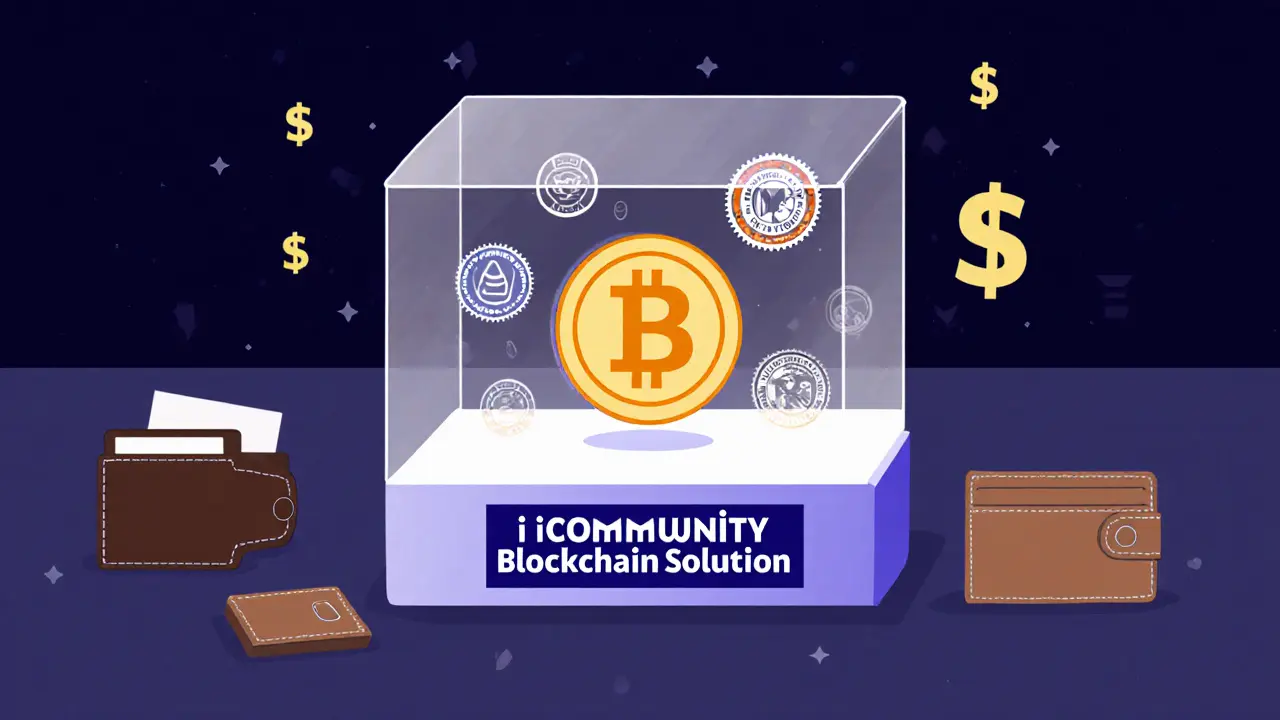ERC-20 Crypto: What It Is, How It Works, and Why It Powers Most Ethereum Tokens
When you hear about tokens like USDT, LINK, or UNI, they’re all built on the same foundation: ERC-20, a technical standard for creating fungible tokens on the Ethereum blockchain. Also known as Ethereum Request for Comment 20, it’s the reason you can send, trade, and store thousands of different coins using the same wallet. Without ERC-20, crypto wouldn’t work the way it does today. It’s not a coin itself — it’s the rulebook that says how every token must behave so wallets, exchanges, and apps all understand each other.
Think of ERC-20 like a universal USB cable. Whether you’re plugging in a phone, a camera, or a speaker, if it follows the USB standard, it works. Same with ERC-20. Tokens built on it can be swapped on Uniswap, a decentralized exchange that lets you trade Ethereum-based tokens without intermediaries, stored in MetaMask, a browser wallet that supports all ERC-20 tokens out of the box, or tracked on CoinMarketCap. That’s why almost every new token you see — even ones with weird names — is ERC-20. It’s the easiest, safest way to launch a token on Ethereum.
But it’s not perfect. ERC-20 tokens rely on smart contracts, self-executing code on the blockchain that automatically handles transfers and rules. If the code has a bug, your tokens can get stuck or stolen. That’s why some projects now use newer standards like ERC-777 or ERC-1155 — but they’re still rare. Most DeFi apps, airdrops, and exchanges still only support ERC-20 because it’s proven, simple, and everywhere.
You’ll see this in the posts below. We’ve reviewed exchanges like Wagmi (IOTA EVM) and HB DEX that only work with ERC-20-style tokens. We’ve called out scams like Edom (EDOM) that pretend to be legitimate tokens but don’t follow the standard properly. And we’ve explained how things like wrapped Bitcoin (WBTC) even work — by turning Bitcoin into an ERC-20 token so it can move inside Ethereum’s DeFi world. This isn’t theory. It’s the real plumbing behind every trade you make.
If you’re new to crypto, understanding ERC-20 is the first step to knowing what you’re actually holding. If you’re experienced, you already know how much it matters — and how many projects still get it wrong. Below, you’ll find honest reviews of real platforms, broken-down airdrops, and sharp warnings about fake tokens. All of it ties back to this one standard. No fluff. Just what you need to know to trade, spot scams, and understand why your wallet shows the balances it does.
What is iCommunity Labs (ICOM) crypto coin? Explained with real data
ICOM is a utility token used only within iCommunity Labs' blockchain platform. With a $283k market cap and $385 daily volume, it has minimal liquidity and no real-world use outside its closed ecosystem.
Details +What is VYPER.WIN (VYPER) crypto coin? Real risks, price data, and why most experts warn against it
VYPER.WIN is a hyper-deflationary ERC-20 token with no real trading volume, unverified burns, and no exchange listings. Experts warn it's a high-risk speculative asset with little chance of long-term survival.
Details +
